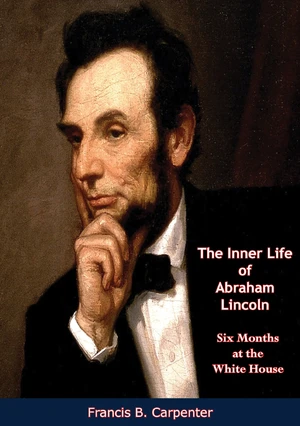âLate in 1863 a young painter named Francis B. Carpenter wished to commemorate the issuance of the Emancipation Proclamation. The likable and well-connected Carpenter received President Lincolnâs consent during a visit to the White House. âWell, Mr. Carpenter, we will turn you loose in here,â said Lincoln. The painter set up a studio in the state dining room and worked for months in 1864 under a lighted chandelier. It was a marvelous opportunity to observe the president and converse with him. The Inner Life of Abraham Lincoln is Carpenterâs account of his experience. He watched the daily parade of petitioners who came to Lincolnâs officeâworried mothers, desperate job-seekers, needy widows and orphans. He heard Lincolnâs own account of the decision to abolish slavery by proclamation, heard him recite Shakespeare, and heard him say often, âThat reminds me of a story. . . .â He dealt with little Tad, gathered anecdotes from insiders, excerpted published reminiscences from former associates like William H. Herndon. He added his own impressions of the president, noting a deep melancholy underneath the famous humor. This book, originally published in 1866, struck a chord with a public hungering for intimate details about the fallen president. Carpenterâs painting, The First Reading of the Emancipation Proclamation before the Cabinet, was finished earlier, displayed in the rotunda of the Capitol before Lincolnâs second inauguration, and then exhibited on a northern tour. Reproductions hung in many homes, offices, and schoolrooms.â-Print ed.
Ártörténet
2022. szept. 7.
0,91 EUR

